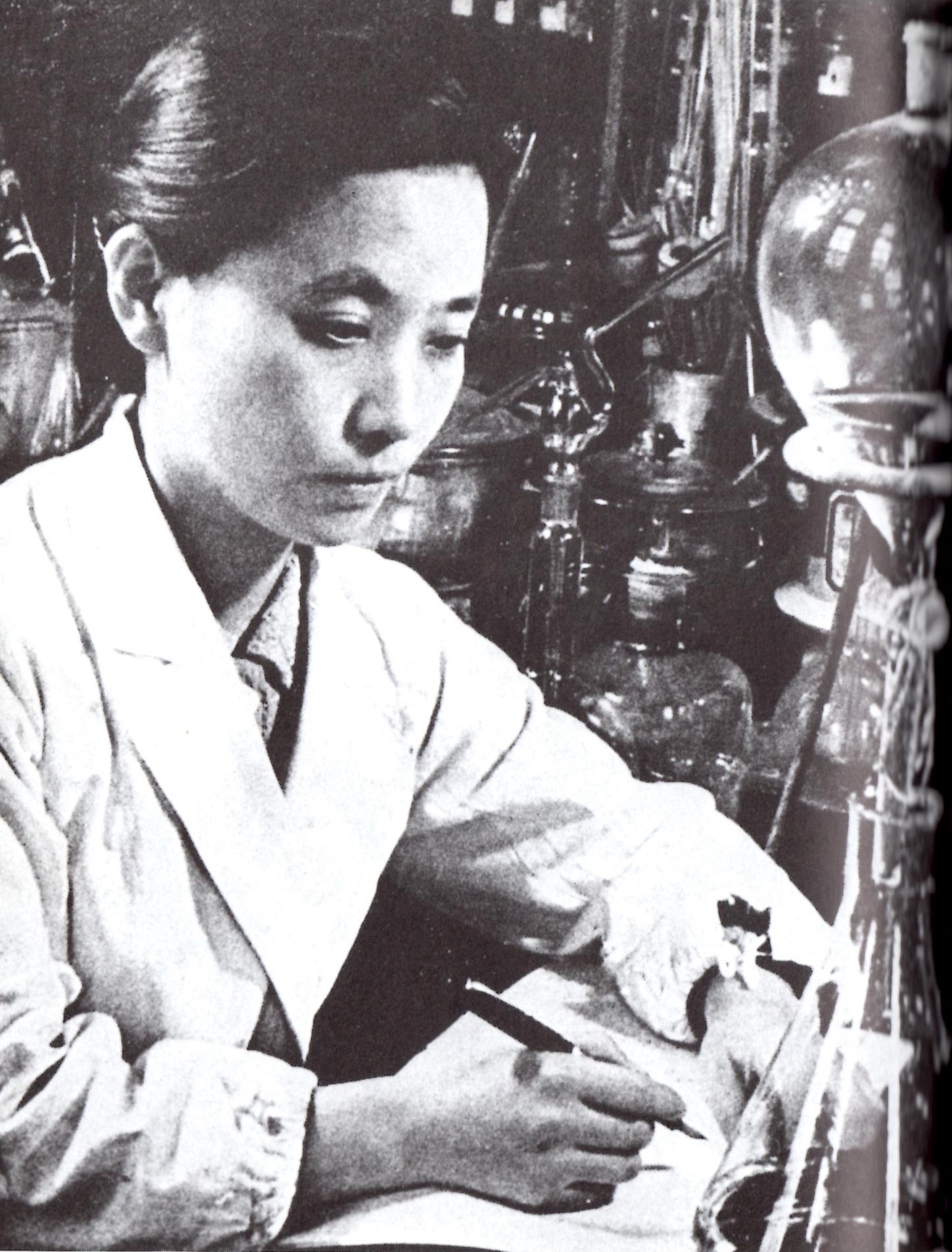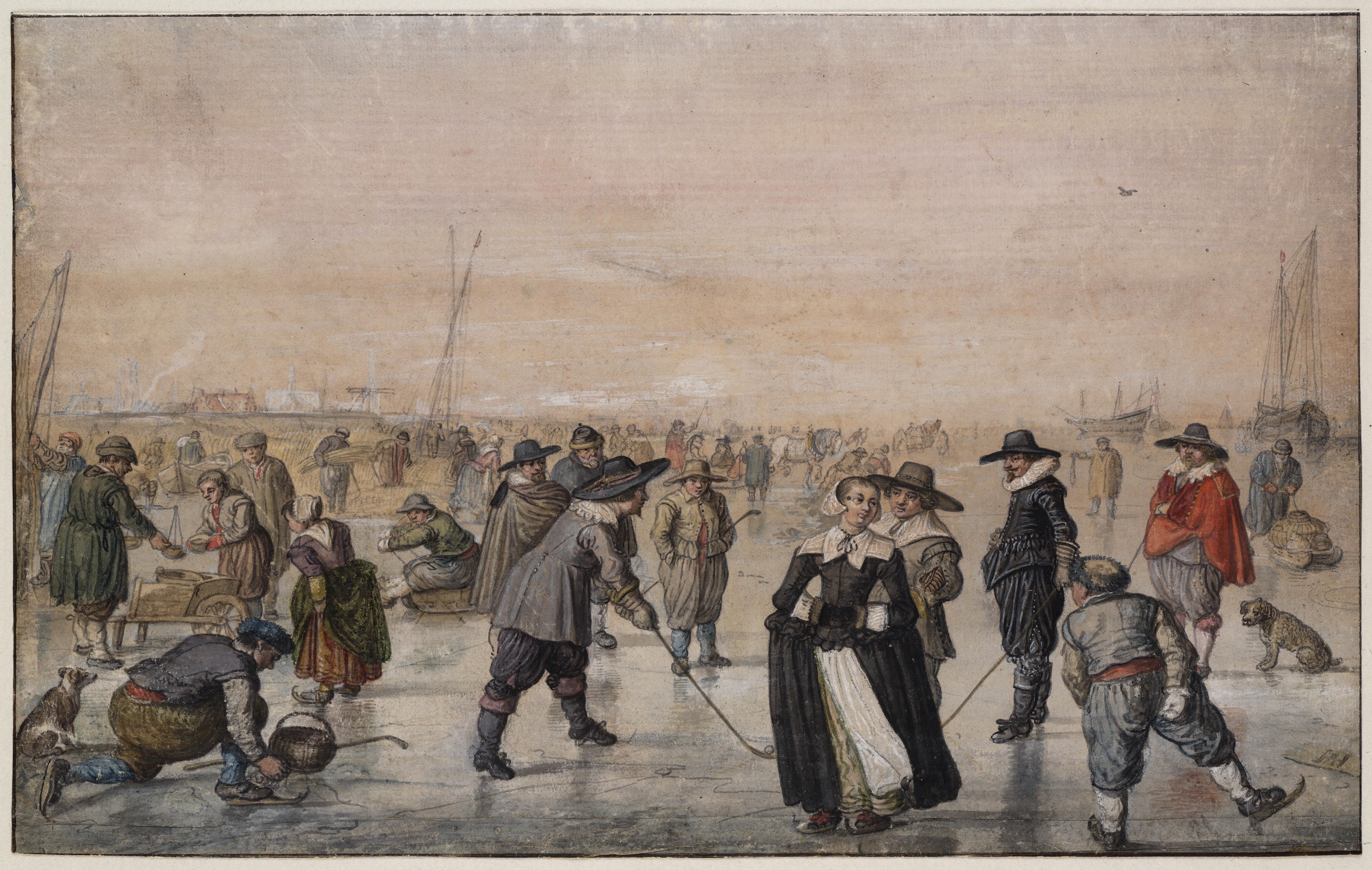|
Caterina Vitale
Caterina Vitale (1566–1619) was the first female pharmacist and chemist in Malta, and the first female pharmacist of the Knights Hospitaller. Caterina Vitale was originally from Greece. She married Ettore Vitale, pharmacist of the Knights Hospitaller, when she was a teenager. Upon his death in 1590, she inherited his pharmacy and the task of providing pharmacies to the Sacra Infermeria. She was described as a successful businessperson, became very rich, and is known as a benefactor of the Carmelites. Being in an uncommon position for a woman, she was a controversial person and the subjects of legends, libelous slander and rumours, and was accused of being an enterprising prostitute, litigator and sadistic torturer of slaves. She died in 1619 at Syracuse and her body was brought to Valletta and buried at the Carmelite Church. To the left and right as you enter the church are her tombstone, and the tombstone of Caterina Scappi, the founder of the first hospital for wome ... [...More Info...] [...Related Items...] OR: [Wikipedia] [Google] [Baidu] |
Greece
Greece,, or , romanized: ', officially the Hellenic Republic, is a country in Southeast Europe. It is situated on the southern tip of the Balkans, and is located at the crossroads of Europe, Asia, and Africa. Greece shares land borders with Albania to the northwest, North Macedonia and Bulgaria to the north, and Turkey to the northeast. The Aegean Sea lies to the east of the mainland, the Ionian Sea to the west, and the Sea of Crete and the Mediterranean Sea to the south. Greece has the longest coastline on the Mediterranean Basin, featuring thousands of islands. The country consists of nine traditional geographic regions, and has a population of approximately 10.4 million. Athens is the nation's capital and largest city, followed by Thessaloniki and Patras. Greece is considered the cradle of Western civilization, being the birthplace of democracy, Western philosophy, Western literature, historiography, political science, major scientific and mathematical p ... [...More Info...] [...Related Items...] OR: [Wikipedia] [Google] [Baidu] |
Timeline Of Women In Science
This is a timeline of women in science, spanning from ancient history up to the 21st century. While the timeline primarily focuses on women involved with natural sciences such as astronomy, biology, chemistry and physics, it also includes women from the social sciences (e.g. sociology, psychology) and the formal sciences (e.g. mathematics, computer science), as well as notable science educators and medical scientists. The chronological events listed in the timeline relate to both scientific achievements and gender equality within the sciences. Ancient history * 1900 BCE: Aganice, also known as Athyrta, was an Egyptian princess during the Middle Kingdom (about 2000–1700 BCE) working on astronomy and natural philosophy. *c. 1500 BCE: Hatshepsut, also known as the Queen Doctor, promoted a botanical expedition searching for officinal plants. * 1200 BCE: The Mesopotamian perfume-maker Tapputi-Belatekallim was referenced in the text of a cuneiform tablet. She is often consi ... [...More Info...] [...Related Items...] OR: [Wikipedia] [Google] [Baidu] |
Women Chemists
A woman is an adult female human. Prior to adulthood, a female human is referred to as a girl (a female child or adolescent). The plural ''women'' is sometimes used in certain phrases such as "women's rights" to denote female humans regardless of age. Typically, women inherit a pair of X chromosomes, one from each parent, and are capable of pregnancy and giving birth from puberty until menopause. More generally, sex differentiation of the female fetus is governed by the lack of a present, or functioning, SRY-gene on either one of the respective sex chromosomes. Female anatomy is distinguished from male anatomy by the female reproductive system, which includes the ovaries, fallopian tubes, uterus, vagina, and vulva. A fully developed woman generally has a wider pelvis, broader hips, and larger breasts than an adult man. Women have significantly less facial and other body hair, have a higher body fat composition, and are on average shorter and less muscular than men. Thro ... [...More Info...] [...Related Items...] OR: [Wikipedia] [Google] [Baidu] |
Maltese People Of Greek Descent
Maltese may refer to: * Someone or something of, from, or related to Malta * Maltese alphabet * Maltese cuisine * Maltese culture * Maltese language, the Semitic language spoken by Maltese people * Maltese people, people from Malta or of Maltese descent Animals * Maltese dog * Maltese goat * Maltese cat * Maltese tiger Other uses * Maltese cross * Maltese (surname) Maltese is an Italian surname, meaning literally "Maltese" or "from Malta Malta ( , , ), officially the Republic of Malta ( mt, Repubblika ta' Malta ), is an island country in the Mediterranean Sea. It consists of an archipelago, between It ..., a surname (including a list of people with the name) See also * * The Maltese Falcon (other) {{disambiguation Language and nationality disambiguation pages ... [...More Info...] [...Related Items...] OR: [Wikipedia] [Google] [Baidu] |
17th-century Women Scientists
The 17th century lasted from January 1, 1601 ( MDCI), to December 31, 1700 ( MDCC). It falls into the early modern period of Europe and in that continent (whose impact on the world was increasing) was characterized by the Baroque cultural movement, the latter part of the Spanish Golden Age, the Dutch Golden Age, the French '' Grand Siècle'' dominated by Louis XIV, the Scientific Revolution, the world's first public company and megacorporation known as the Dutch East India Company, and according to some historians, the General Crisis. From the mid-17th century, European politics were increasingly dominated by the Kingdom of France of Louis XIV, where royal power was solidified domestically in the civil war of the Fronde. The semi-feudal territorial French nobility was weakened and subjugated to the power of an absolute monarchy through the reinvention of the Palace of Versailles from a hunting lodge to a gilded prison, in which a greatly expanded royal court could be more easi ... [...More Info...] [...Related Items...] OR: [Wikipedia] [Google] [Baidu] |
16th-century Women Scientists
The 16th century begins with the Julian year 1501 ( MDI) and ends with either the Julian or the Gregorian year 1600 ( MDC) (depending on the reckoning used; the Gregorian calendar introduced a lapse of 10 days in October 1582). The 16th century is regarded by historians as the century which saw the rise of Western civilization and the Islamic gunpowder empires. The Renaissance in Italy and Europe saw the emergence of important artists, authors and scientists, and led to the foundation of important subjects which include accounting and political science. Copernicus proposed the heliocentric universe, which was met with strong resistance, and Tycho Brahe refuted the theory of celestial spheres through observational measurement of the 1572 appearance of a Milky Way supernova. These events directly challenged the long-held notion of an immutable universe supported by Ptolemy and Aristotle, and led to major revolutions in astronomy and science. Galileo Galilei became a champion o ... [...More Info...] [...Related Items...] OR: [Wikipedia] [Google] [Baidu] |
1619 Deaths
Events January–June * January 12 – James I of England's Banqueting House, Whitehall in London is destroyed by fire."Fires, Great", in ''The Insurance Cyclopeadia: Being an Historical Treasury of Events and Circumstances Connected with the Origin and Progress of Insurance'', Cornelius Walford, ed. (C. and E. Layton, 1876) p. 29 Inigo Jones is commissioned to design a replacement. * February 14 – Earthquake flattens the town of Trujillo, Peru, killing hundreds in the town and causing landslides in the surrounding countryside killing hundreds more. * March 20 – Matthias, Holy Roman Emperor dies, leaving the Holy Roman Empire without an official leader, to deal with the Bohemian Revolt. * April – Battle of Sarhu: Manchu leader Nurhaci is victorious over the Ming forces. * May 8 – The Synod of Dort has its final meeting. * May 13 – Dutch statesman Johan van Oldenbarnevelt is executed in The Hague, after having been convicted of treas ... [...More Info...] [...Related Items...] OR: [Wikipedia] [Google] [Baidu] |
1566 Births
__NOTOC__ Year 1566 ( MDLXVI) was a common year starting on Tuesday (link will display the full calendar) of the Julian calendar. Events January–June * January 7 – Pope Pius V succeeds Pope Pius IV, as the 225th pope. * February 24 – In one of the first gun assassinations in Japanese (if not world) history, Mimura Iechika is shot dead by two brothers (Endo Matajiro and Yoshijiro), sent by his rival Ukita Naoie. * March 28 – The foundation stone of Valletta, which will become Malta's capital city, is laid by Jean Parisot de Valette, Grand Master of the Sovereign Military Order of Malta. * April 5 – The Compromise of Nobles is presented to Margaret of Parma, Governor of the Habsburg Netherlands, but it succeeds only in delaying the beginning of the Eighty Years' War in the Netherlands. July–December * August 6 – The siege of Szigetvár is begun by Suleiman the Magnificent, Sultan of the Ottoman Empire. This is the Ottoman Empire ... [...More Info...] [...Related Items...] OR: [Wikipedia] [Google] [Baidu] |

.jpg)



